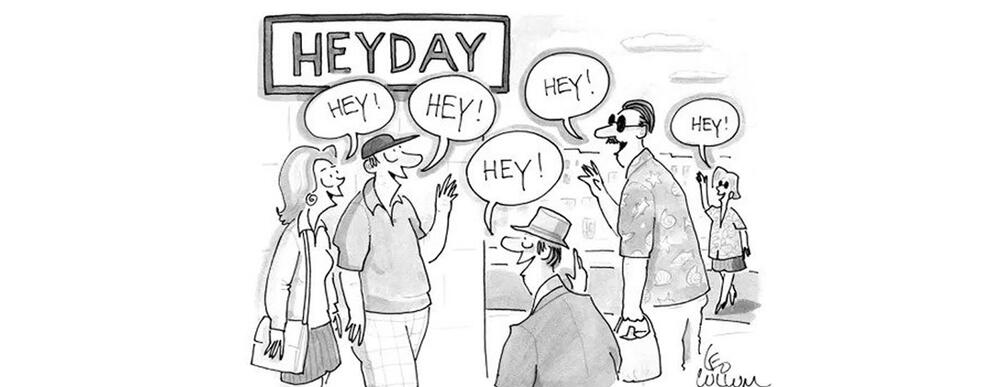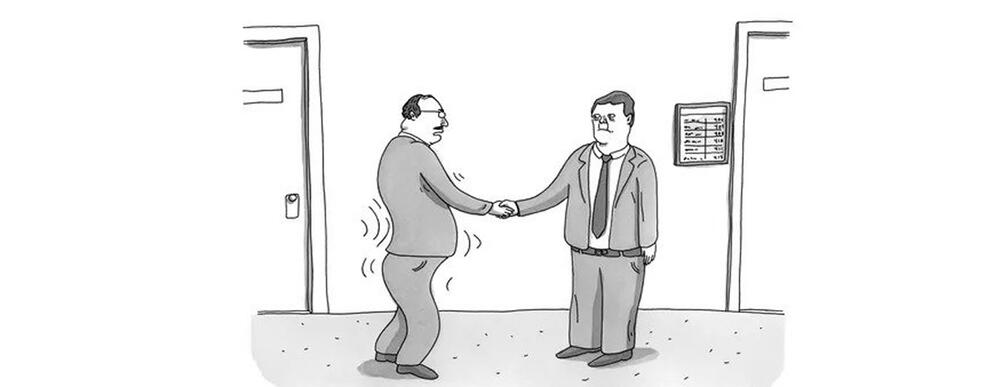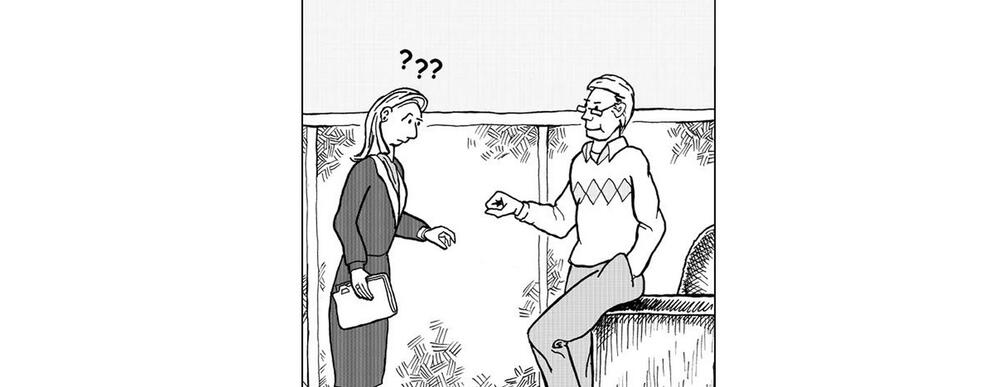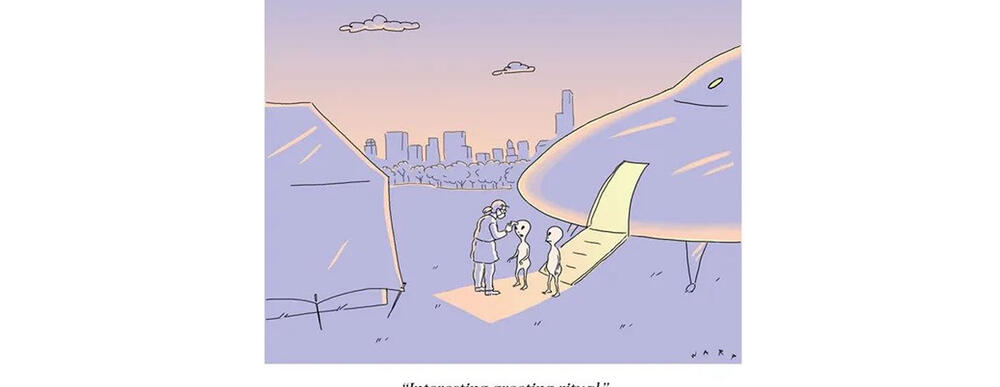Posted on Apr 01, 2023 |
When learning a language, the first thing you have to know is how to greet someone. In Spanish, there are several ways to greet someone, even if you don't know the language yet. This is a quick and easy guide on how to do it.
Commonly used phrases to say hello in Spanish can vary by location and sometimes by age or social status. However, the ones that we share with you below can be used in almost any situation without fear of being wrong and in any country in Latin America.
1: Hola… ¡ Hola ! : (Hello) Naturally, this is the best known and used greeting of all. It is so well known that it is understood in many countries around the world. This greeting is appropriate in both formal and informal contexts. Its pronunciation is: "oh-la" (HO as in Oscar, and LA as in land). Note that although the word in Spanish begins with H, this letter does not influence the solution of the vowel.

2: Adiós : (Bye - Goodbye) Just like "hello", it is a well-known farewell greeting throughout the world. The greeting "goodbye" is an informal alternative to "chau" (from Italian). Its pronunciation is: "ah-de-os" (A as in Alpha, DI as in Detox, and OS as in Oscar). Note that there is an accent for ÓS, it means that you have to emphasize this last vowel a bit.
3: Aló : (to answer a phone call) — There are technically many ways to say hello when answering the phone and they vary for many reasons and regions, but "hello" is by far the most popular. The "Hello" would be understood anywhere but it is not common in many places para contestar el teléfono. Its pronunciation is: "ah-lo" (A as in Alpha and LÓ as in London). Note that there is an accent for Ó, it means that you have to emphasize this last vowel a bit.
4: ¿Cómo estás? / ¿Cómo está? : How are you? / How are you doing? : the first form (which is informal) would normally be used with someone you know by her first name or when talking to a child. The second form would generally be used in other situations, although there are exceptions. Usage can depend quite a bit on where you are; in some areas, the informal form ( estás ) would be expected, the version ( está) applies for formality or distance. If you're a foreigner, no one is likely to criticize you for using the wrong form, although you may be politely corrected, so you don't really need to worry about it. Its pronunciation is : “ko-mo-es-tas, ” (KO as in Community, MO as in Momentum, ES as in Establish and TAS as in Task)
5: Buenos Días : (Good Morning) This is the traditional morning greeting in Spanish, as long as it is morning, by this we mean until 11:59 am, you can greet as "Buenos Días" and it would be correct. I Don't confuse it with the "Buen Día (Good Day)" greeting, which is technically similar, but not the same, as "Good Day" is often used as a farewell greeting. Its pronunciation is : “BU-E-NOS-DE-AS” (BU as in Bull, EH as in Eco, NOS as in Nostalgic, DE as in Detox and AS as in Astrology)
6: Buenas Noches : (Good Evening / Good Night ) : Unlike its English translation, "good night" can be used both as an introductory greeting, and as a farewell greeting. Now, we use "good night" also as a well-being wish when going to sleep, like wishing someone a good night's rest. Its pronunciation is : “BU-E-NAS-NO-CHES” (BU as in Bull, EH as in Eco, NAS as in Nasty, NO as Novelty and CHES as in Chest).
7: ¿Qué tal? / ¿Cómo te va? / ¿Cómo le va? : (What’s up? / How is it going?) : There are also a variety of colloquial alternatives, although many of them depend on the area. The first and second options are informal, the third is somewhat more formal, although this type of greeting tends to be casual in itself. You can use any of these which technically translate the same way. Option 1 pronunciation : “ke-tal” (KE as in Kerosene and TAL as in Talisman). Option 2 pronunciation : “ko-mo-te-ba” (KO as in Community, MO as in Momentum, TE as in Tech and BA as in Battle)
8. Mucho Gusto / Es Un Placer / Encantado(a) : (Nice to meet you / Pleased to meet you) : You can use any of these greetings when someone is introducing themselves to another person for the first time. The greeting "encantada (pleased to meet you)" is commonly used by women, but it is not a strict rule. Option 1 pronunciation : “moo-cho-gus-to” (MOO as in Multifunctional, CHO as in Chop, GUS as in Goose and TO as in Total). Option 2 pronunciation : “es-oon-pla-cer” (ES as in Establish, OON as in Unlike, PLA as in Plant and CER as in Certificate).
Try to put these in practice !
Latest Posts
-
Easter Week 2025 Schedule Processions Antigua Guatemala
- Mar 02, 2025 -
Ten Beautiful Words in the Spanish Language
- Jul 13, 2024 -
Easter Week 2024 in Antigua Guatemala
- Feb 04, 2024



